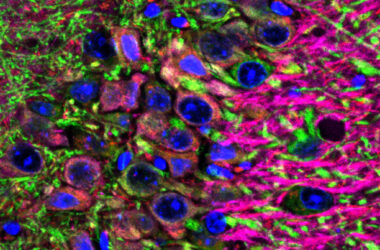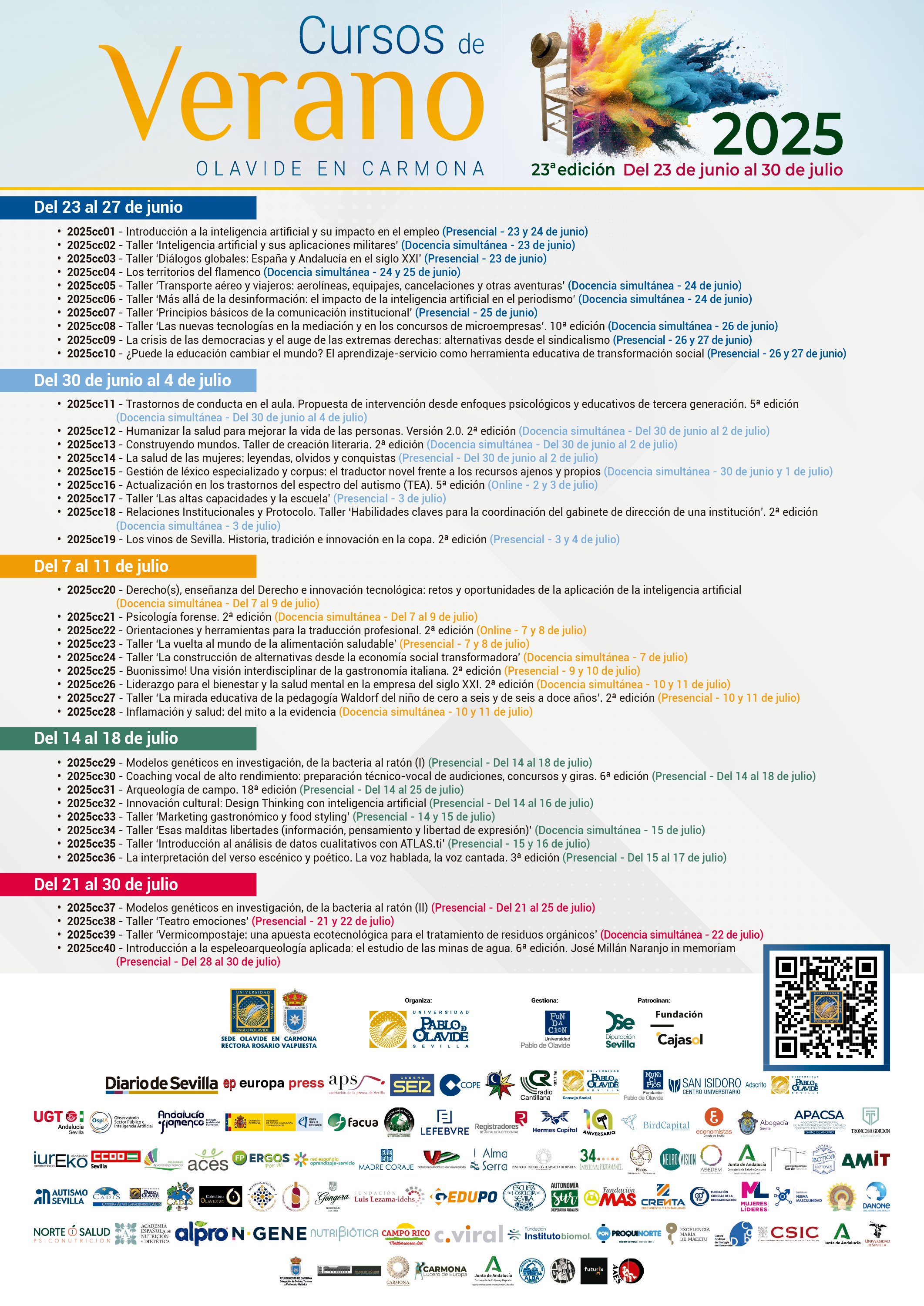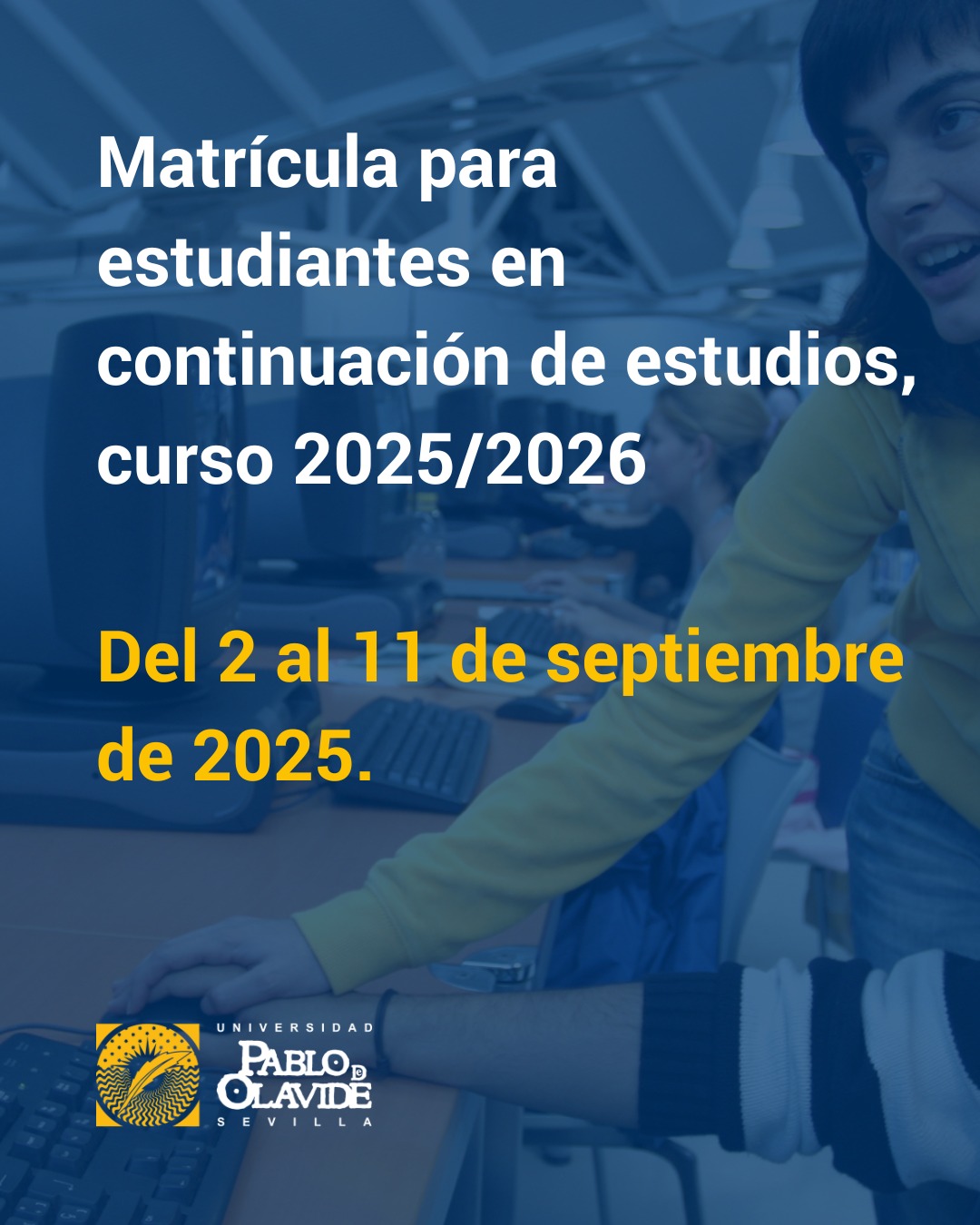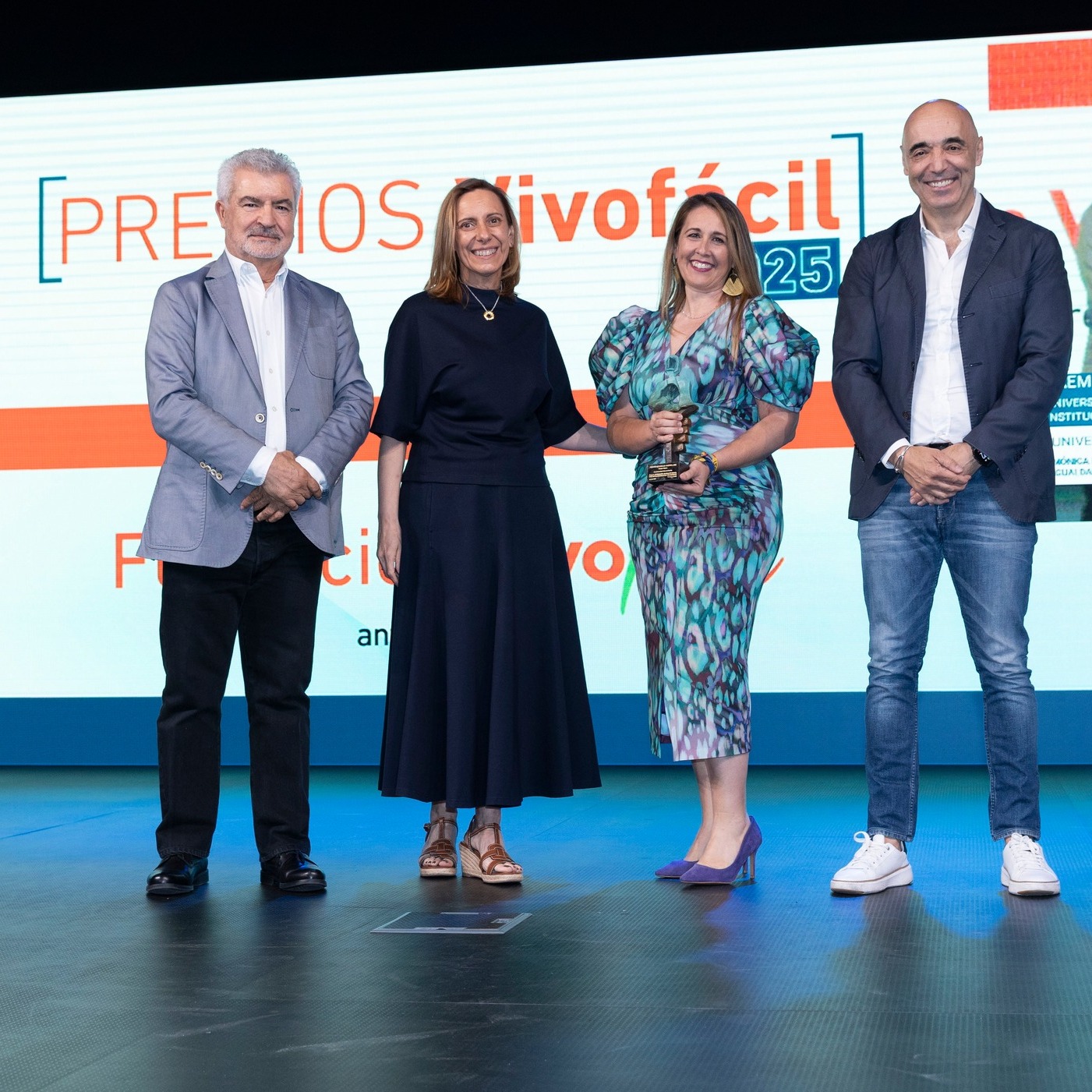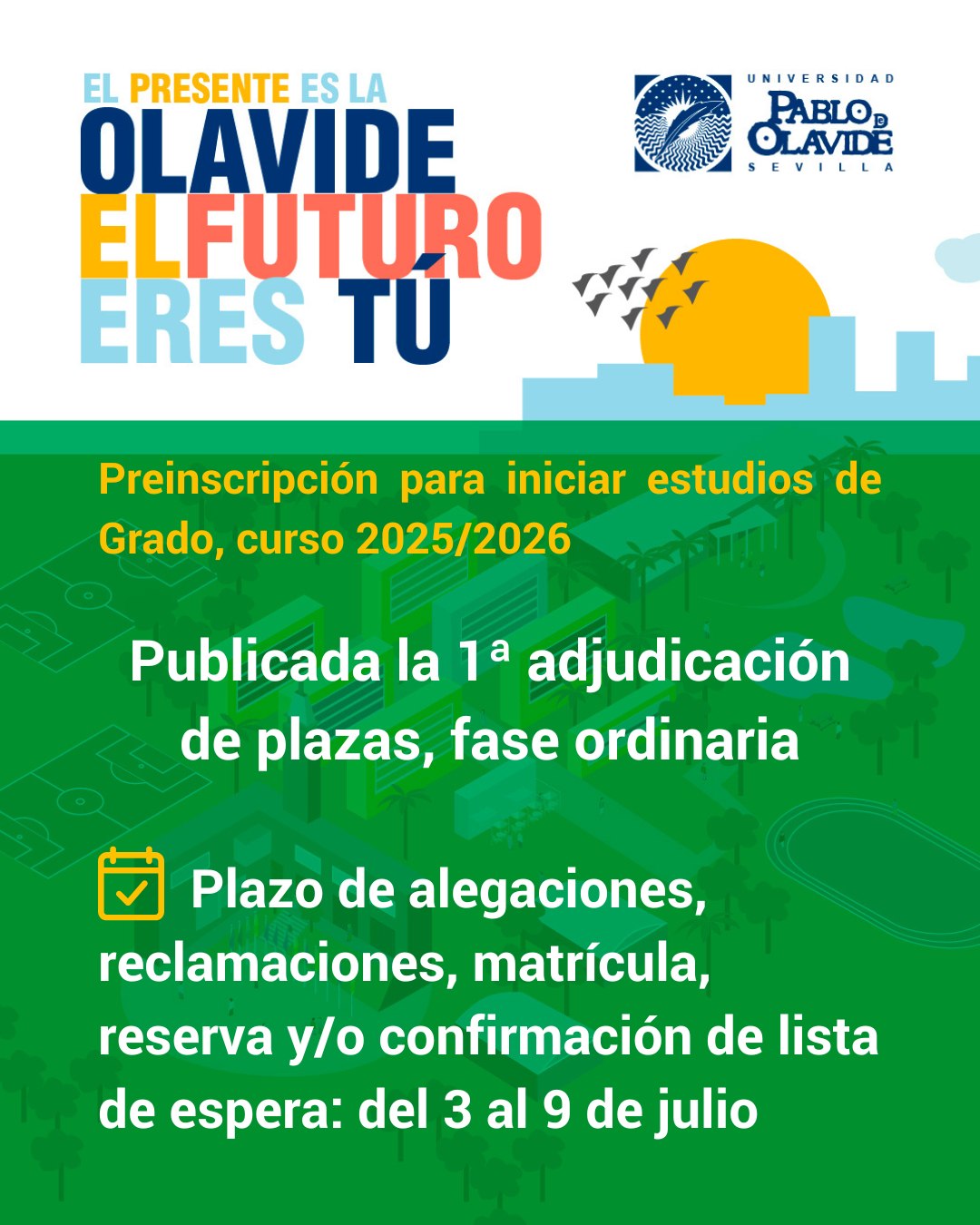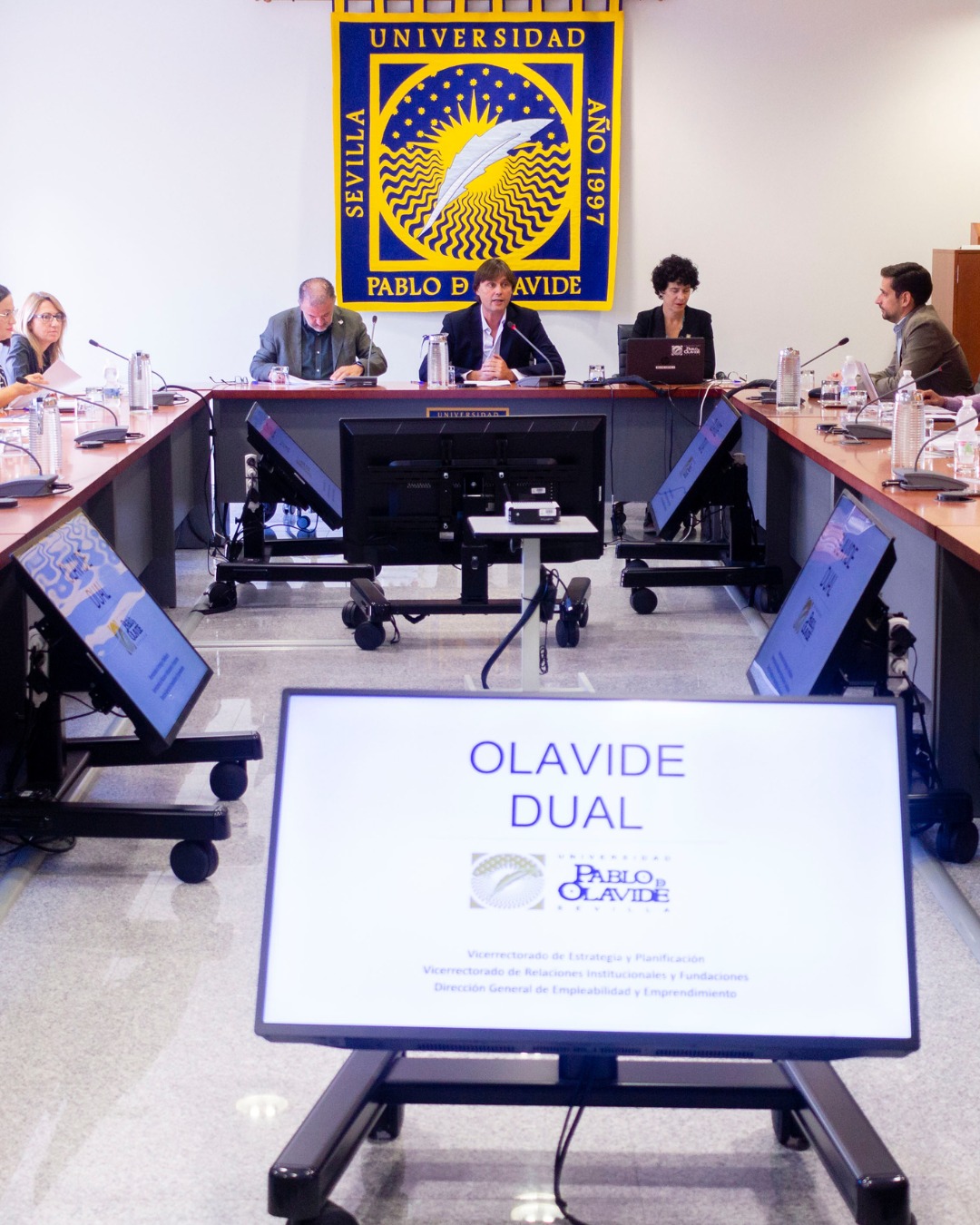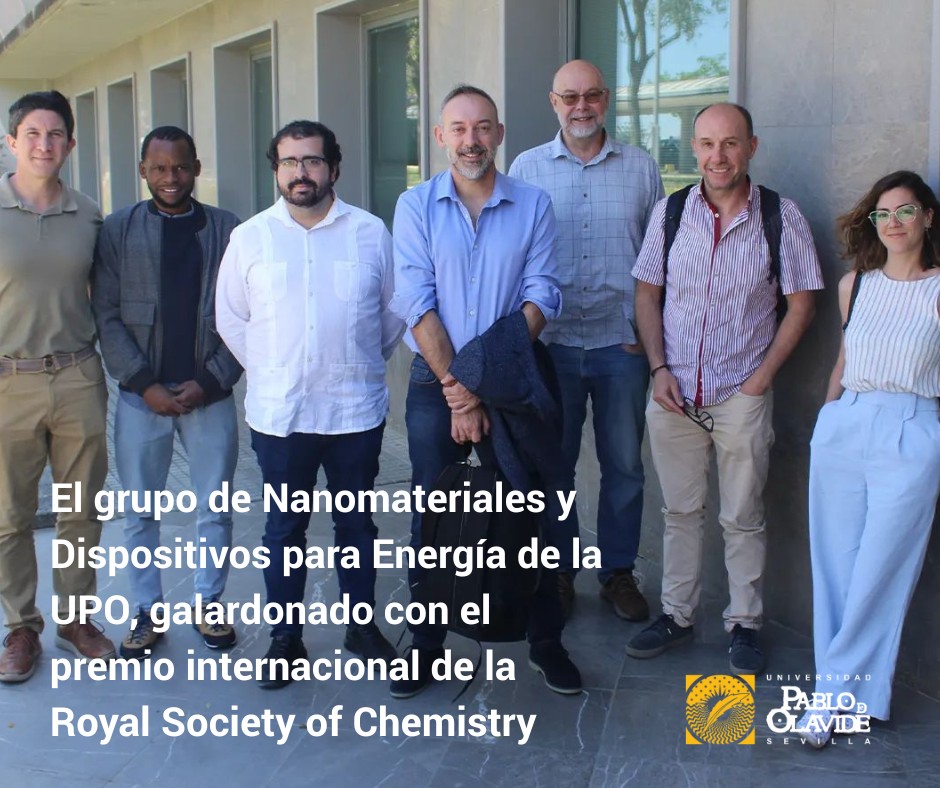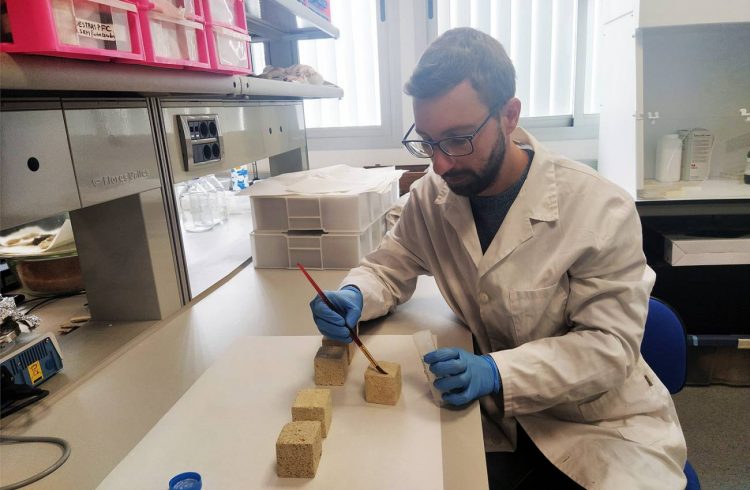
One of the main problems in the preservation of historical buildings is the loss of cohesion of their building materials. To provide them with greater resistance, the restorers use consolidating substances, such as lime (calcium hydroxide), which has been used since ancient times for its high durability and compatibility with the stone substrate.
Thanks to the fluorescence of these quantum dots, the suitability of the treatment for a monument can be evaluated, simply by illuminating the material with ultraviolet light
Now, researchers from the Pablo de Olavide University have developed and patented quantum dot doped calcium hydroxide nanoparticles that are more effective as consolidators and allow to distinguish the restored material from the original, as recommended in the conservation and restoration of historical heritage. Details are published in the magazin Construction and Building Materials.
«The tiny quantum dots, smaller than 10 nanometres, are made of zinc oxide and are semiconductors, which gives them very interesting properties (different from those of larger particles because of quantum mechanics reasons), such as fluorescence, which is what we use,» explains Javier Becerra, one of the authors.
«Thanks to the fluorescence of these quantum dots we can evaluate the suitability of the treatment for a given monument”, he adds. We only need to illuminate a section of the material being worked on with ultraviolet light to determine how far the consolidator has penetrated.
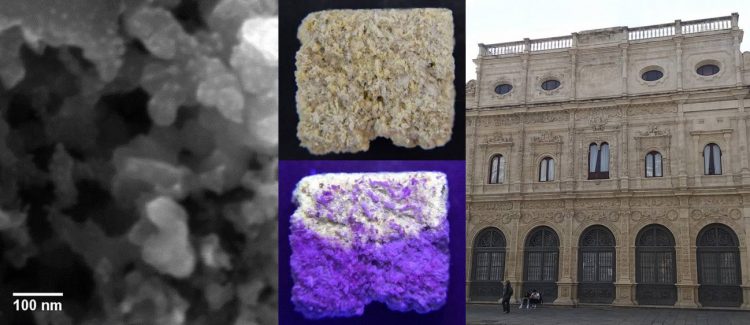
In addition, the product, which was named Nanorepair UV by the authors, acts as a consolidator itself because of the presence of the lime nanoparticles. Consolidation consists of a procedure that increases the degree of cohesion of a material, reinforcing and hardening the parts that have suffered some deterioration, something that is common in centuries-old buildings.
Samples of historic quarries
The researchers have successfully applied their technique to samples collected in the historic quarries of El Puerto de Santa María and Espera (Cadiz). The stone extracted from this place was used to build such iconic monuments as the cathedral of Seville, a World Heritage Site since 1987, or the Sevillian city council.
«In the lab, we obtain an approximation of how the treatment will perform when applying to the monuments actually,» says Becerra, who is currently testing mortars from the archaeological sites of Italica and Medina Azahara along with the rest of the team.
Reference:
Javier Becerra, Pilar Ortiz, José María Martín, Ana Paula Zaderenko. “Construction and Building Materials”. Construction and Building Materials 199, 2019.´
https://doi.org/10.1016/j.conbuildmat.2018.12.077
Source: SINC

